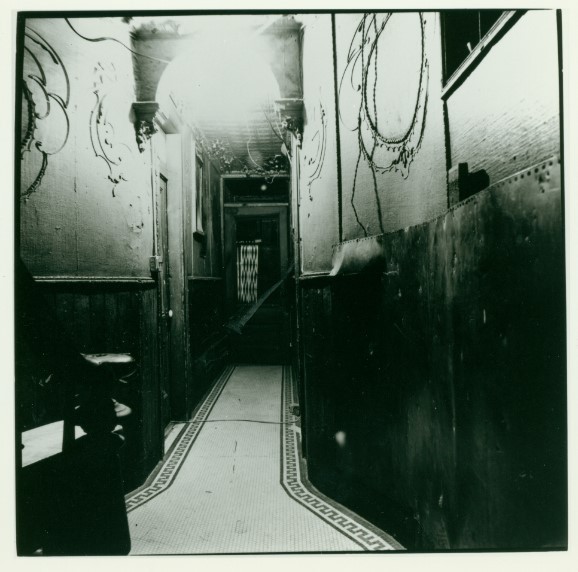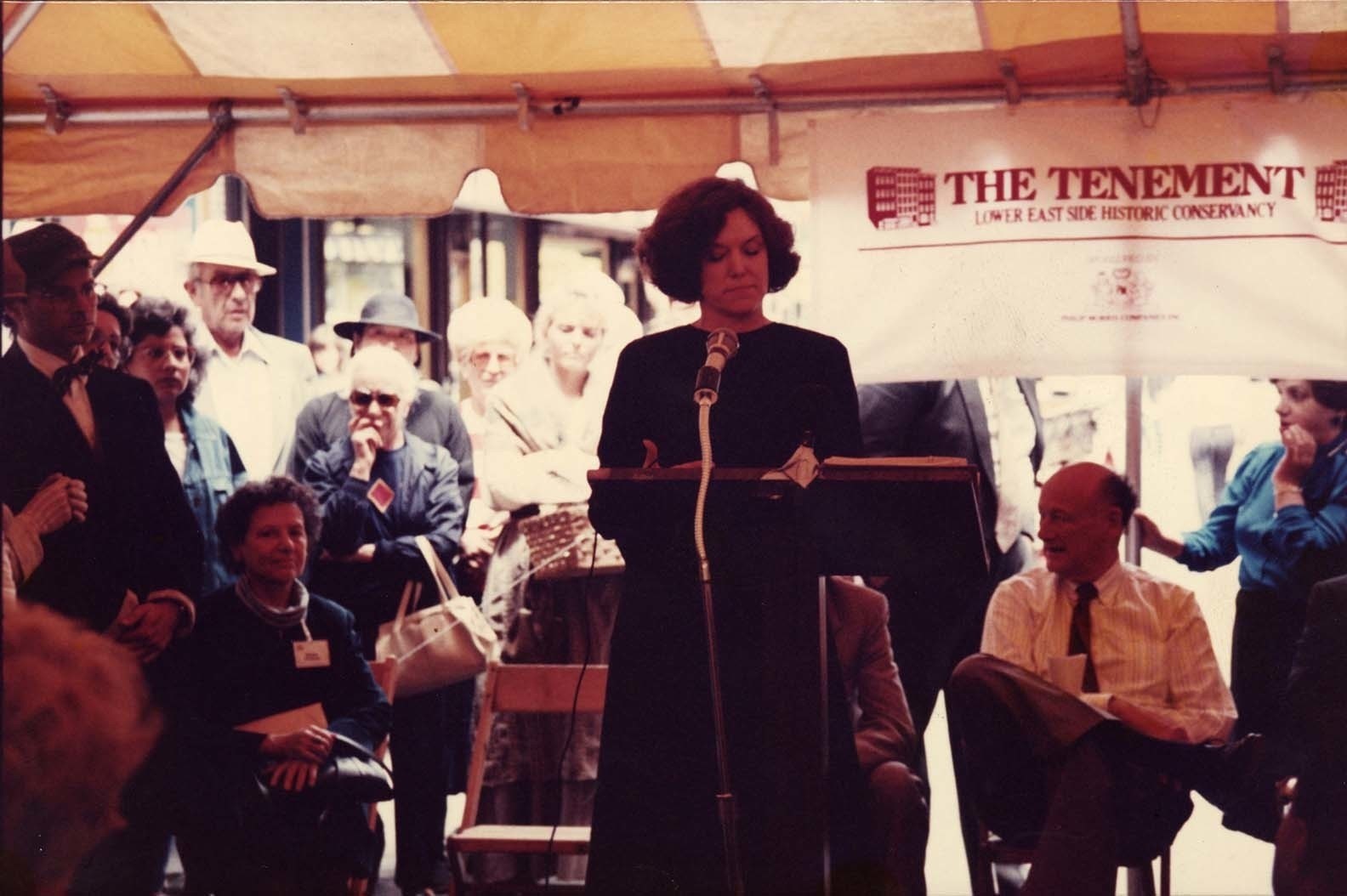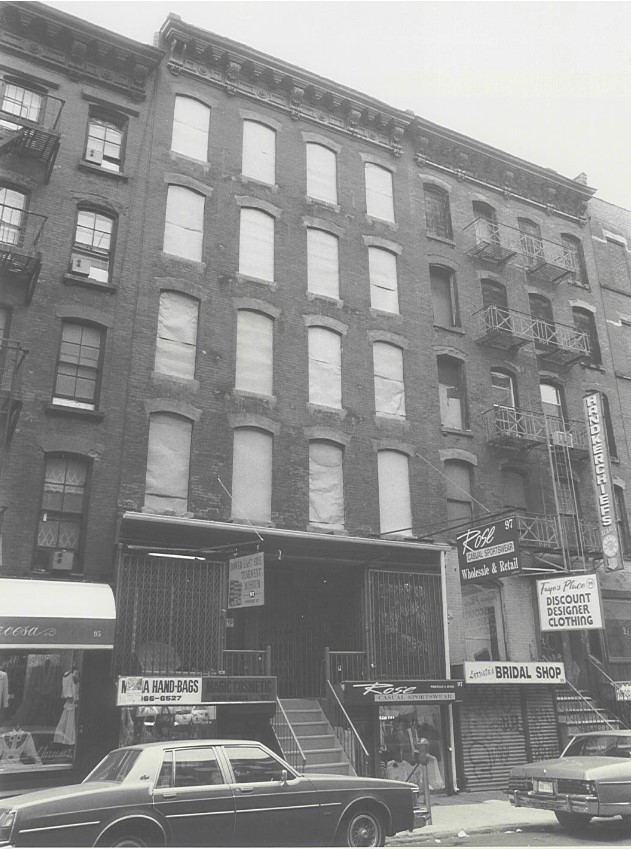In 1988, as Anita Jacobson stepped into an empty storefront on the basement level of 97 Orchard Street, she had already accepted defeat. For two years she had been searching unsuccessfully for an unrestored “Pre-Law” tenement house, one built before the passage of the first Tenement House Act in 1867, to serve as the center of a radical storytelling project. The project itself was the brainchild of Ruth Abram, who wanted to create a museum featuring the role immigrants played in shaping American history. For Ruth, what better site than a tenement to “tell this story of immigrants’ past fully, honestly, with all of its flaws, with all of its’ heroism, and to do it in a way that resonates with people”?
But two years had passed, and even Ruth was resigned to giving up the search for a tenement to house these stories. Though disappointed, Ruth was so committed to the project that she asked Anita to find a storefront from which they could at least tell some of these stories.
Thirty years later, Ruth remembers the day Anita encountered 97 Orchard Street as if it were yesterday. It was a day that changed her life and redefined what a historic house museum could be.


